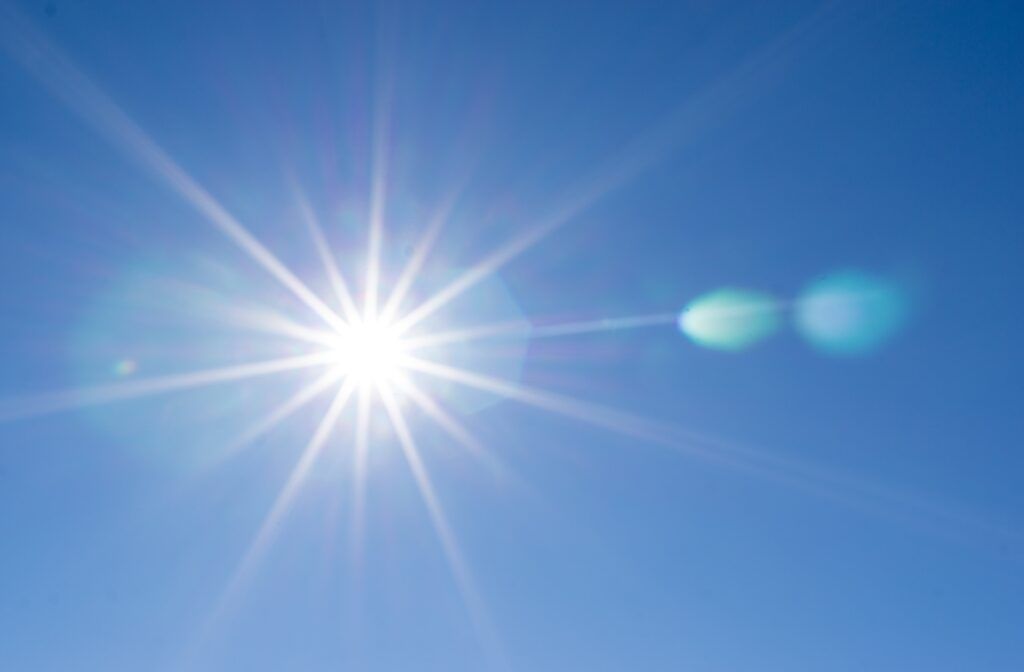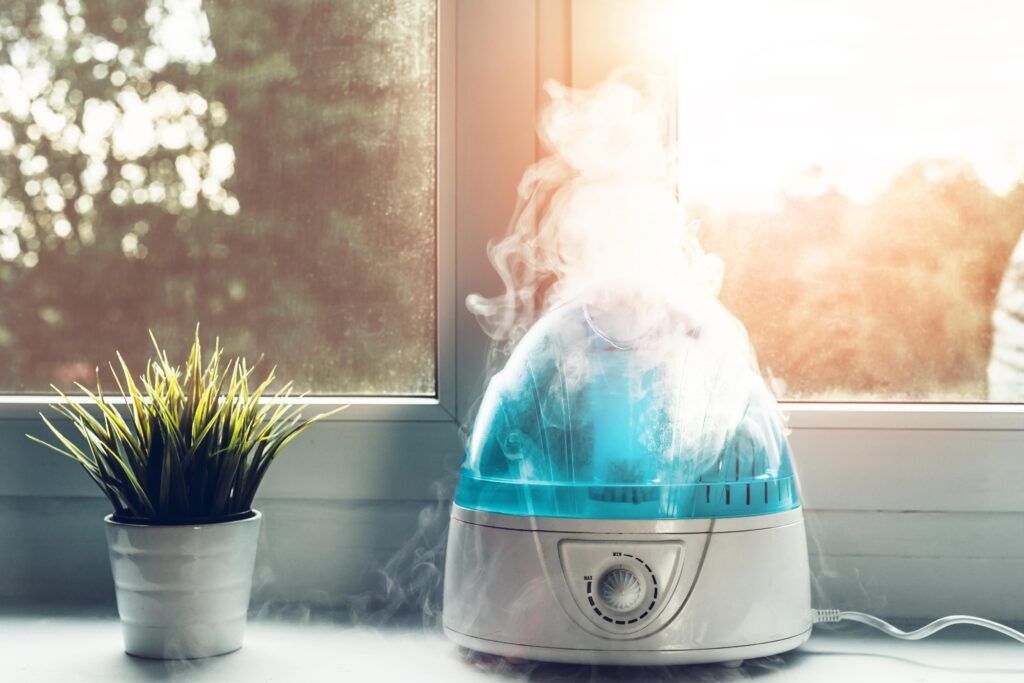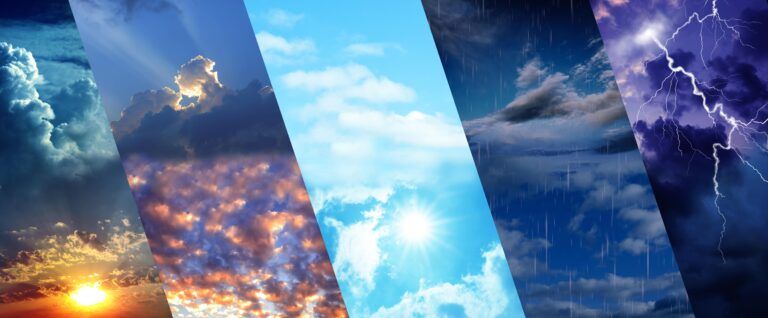Migraines are a complex neurological condition that affects millions of people worldwide. While the exact cause of migraines remains a topic of ongoing research, various triggers have been identified. One of the most intriguing and debated triggers is the weather. But how does something as vast and external as the weather influence our internal neurological processes? Let’s delve into the science behind this connection.
Understanding Migraines and Migraine Triggers
Migraines are a type of severe, throbbing headache that can cause intense pain, often accompanied by other symptoms. They are more than just a regular headache and are considered a neurological condition. Migraines can last for hours to days, and the pain can be so severe that it interferes with daily activities.
Symptoms of Migraines:
- Throbbing or pulsing pain, typically on one side of the head.
- Sensitivity to light, sound, and sometimes smells.
- Nausea and vomiting.
- Blurred vision.
- Lightheadedness, sometimes followed by fainting.
- Aura: Some people experience visual disturbances before the onset of the migraine, such as seeing flashing lights, zigzag lines, or blind spots.
Migraine Triggers
A migraine trigger is any event, change, external stimulus, or physical act that can initiate a migraine. These triggers vary widely among individuals, and what may cause a migraine in one person might not cause it in another. Some common migraine triggers include:
- Dietary Triggers: Certain foods and beverages, such as aged cheeses, alcoholic beverages (especially red wine), caffeine, chocolate, processed foods, and foods containing the additive MSG.
- Hormonal Changes: In women, fluctuations in estrogen levels, such as before or during menstrual periods, pregnancy, and menopause, can trigger migraines.
- Stress: High levels of stress or even relaxation after a period of stress can initiate a migraine.
- Sensory Stimuli: Bright lights, sun glare, loud sounds, or strong smells (e.g., paint thinner, perfume) can act as triggers.
- Physical Factors: Intense physical exertion, including sexual activity, might provoke migraines.
- Changes in Sleep Pattern: Missing sleep, getting too much sleep, or jet lag can act as triggers for some people.
- Medications: Certain medications, including vasodilators and oral contraceptives, can aggravate migraines.
- Other Triggers: Skipping meals, dehydration, or certain foods like aspartame or tyramine can also be potential triggers.
Weather and Migraines
Weather changes have long been suspected to trigger migraine attacks, and many individuals living with migraines believe there’s a connection. However, the relationship between weather and migraines is complex and not entirely understood. Research on the topic has produced mixed results. For instance, The American Migraine Foundation cites a 2023 study involving over 15,000 migraine patients in Japan found associations between low barometric pressure, changes in barometric pressure, higher humidity, and rainfall with increased headache occurrences.
Defining a migraine trigger is challenging. A trigger is any factor that temporarily heightens the likelihood of a migraine attack. While some might believe weather changes are a trigger, other factors like stress, lack of sleep, or dietary elements might also play a role, making it hard to pinpoint a direct cause. Among migraine sufferers, about one-third believe that certain weather patterns can initiate their attacks. In cases of more severe migraines, about half of the patients attending a headache clinic felt weather was a factor, with 10% attributing at least two-thirds of their attacks to weather patterns.
Specific weather-related triggers vary among individuals but can include:
Barometric Pressure Changes
One of the most commonly cited weather-related triggers for migraines is changes in barometric (or atmospheric) pressure. Barometric pressure refers to the weight of the atmosphere that surrounds us. When this pressure drops or rises significantly, it can lead to changes in the pressure inside our sinuses and ears. For some individuals, these changes can trigger migraines.
How it works: The theory suggests that as the external pressure changes, it can cause a disparity between the pressure in the external environment and the pressure inside our head. This can lead to vascular changes, causing blood vessels in the brain to dilate or constrict, potentially triggering a migraine.
Bright Sunlight

Bright and glaring sunlight is another weather-related factor that can trigger migraines, especially in individuals who are sensitive to light (a condition known as photophobia).
How it works: Intense sunlight can lead to eye strain and stimulate the trigeminal nerve, one of the main pain pathways for migraines. Moreover, excessive sunlight can lead to changes in serotonin and other neurotransmitters, setting the stage for migraines.
Temperature Fluctuations
Sudden changes in temperature, whether it’s a rapid increase or decrease, have been reported to initiate migraines in some individuals.
How it works: Rapid temperature changes can influence the function of neurotransmitters in the brain, such as serotonin. Imbalances in serotonin levels have been linked to the onset of migraines. Additionally, extreme temperatures can affect blood flow to the brain, which can also act as a trigger.
Humidity and Dehydration
High levels of humidity can lead to dehydration, which is a well-known migraine trigger. When the air is humid, we tend to sweat more, leading to a loss of fluids and electrolytes.
How it works: Dehydration can cause the brain to temporarily contract or shrink, pulling away from the skull. This can lead to dehydration headaches, which can evolve into full-blown migraines for those who are susceptible.
Stormy Weather and Lightning
Some studies have suggested a correlation between stormy weather, especially lightning, and the onset of migraines.
How it works: The exact mechanism remains unclear, but it’s believed that electromagnetic changes and the release of fungal spores during storms might play a role.
Preventing Migraines Triggered by Weather
Preventative measures for migraines triggered by weather aim to help individuals manage or reduce the impact of potential triggers, especially when anticipating specific weather changes. Here are some preventative measures for weather-induced migraines:

- Awareness and Preparedness: Stay informed about upcoming weather changes, especially if you know you’re sensitive to specific patterns. This can help you prepare and take preventive actions in advance.
- Maintain a Regular Sleep Schedule: Ensure you get adequate rest and stick to a consistent sleep routine. Disruptions in sleep can make one more susceptible to migraines.
- Stay Hydrated: Drink plenty of water throughout the day. Dehydration can be a trigger for migraines, especially during hot and humid weather.
- Avoid Skipping Meals: Ensure you eat regular meals. Skipping meals or fasting can lower blood sugar levels, which might trigger a migraine.
- Manage Stress: High stress levels can make you more vulnerable to migraines. Engage in relaxation techniques such as deep breathing exercises, meditation, or yoga to manage stress.
- Limit Exposure: If bright sunlight is a trigger, consider wearing sunglasses or a hat when outdoors. Stay indoors during extreme weather conditions that you know act as triggers.
- Create a Safe Environment: Ensure your living and working spaces are comfortable. Use air conditioning or fans during hot weather and humidifiers during dry conditions.
- Medication: If you’re aware of an impending weather change that typically triggers your migraines, consult with your healthcare provider. They might recommend taking certain medications in advance as a preventive measure. However, be cautious to avoid overusing medications, as this can lead to medication overuse headaches.
- Keep a Migraine Diary: Track your migraines, noting when they occur, their severity, and any potential triggers, including weather changes. This can help you identify patterns and better prepare for potential triggers.
- Stay Active: Regular physical activity can help reduce the frequency and severity of migraines for some people. However, be cautious not to overexert yourself, as intense physical activity can be a trigger for some.
- Consult with a Healthcare Provider: Regularly consult with a healthcare provider or specialist to discuss your symptoms, triggers, and any preventive strategies or treatments that might be beneficial.
Remember, while these measures can help reduce the risk of weather-triggered migraines, they might not prevent them entirely. It’s essential to understand your triggers and work with a healthcare professional to develop a personalized approach to managing and preventing migraines.
In Conclusion
The connection between weather and migraines is a testament to the intricate ways in which our environment interacts with our biology. While not everyone is sensitive to weather changes, for those who are, understanding these triggers can be a crucial step in managing and preventing migraines. It’s always essential to consult with a healthcare professional about any recurring headaches or migraines, as individual triggers and effective treatments can vary widely.

Dr. Kashouty, a diplomate of the American Board of Psychiatry and Neurology (ABPN), practices general neurology with fellowship trained specialization in clinical neurophysiology. Dr. Kashouty finds the form and function of the nerves and muscles the most interesting part of neurology, which is what led him to specialize in neurophysiology with more emphasis on neuromuscular conditions. He treats all neurological diseases, but his main focus is to treat and manage headaches, movement disorders and neuromuscular diseases.




